How to Optimize Your Research Team Structure & Resource Allocation for Increased Efficiency

When starting a research project, it's not just about exploring topics. Effectively structuring your research team and allocating resources can make a big difference in achieving your goals.
What Is Research Team Structure?
Research Team Structure refers to how a research team is organized, including the clear definition of roles and responsibilities, as well as a well-structured framework for collaboration and team dynamics. A well-structured research team enhances efficiency, facilitates smooth communication, and maximizes research outcomes through optimized resource allocation.
What Is Team Resource Allocation in Research?
Team resource allocation refers to the process of distributing human and material resources within a research team to maximize efficiency. This includes budgeting, assigning team members, securing necessary equipment, and planning research timelines. Especially in interdisciplinary research, understanding unfamiliar fields and finding the right experts is essential. Furthermore, coordinating for collaboration across specializations can play a key role in a project's success.
In other words, for a research project to run smoothly, clear role distribution and strategic resource allocation are critical in determining its success.

Difference Between Research Team Structure and Team Resource Allocation
Although closely related, these two concepts focus on different aspects of research management:
- Research Team Structure is about selecting the right researchers and defining their roles within the project.For example: In drug development, forming a team of clinical experts, pharmacologists, and data scientists falls under team structure.
- Team Allocation ensures that available resources—such as funding, equipment, and time—are used efficiently to support the research goals.For example: Distributing research budgets based on different experiment phases or ensuring lab equipment is utilized effectively is part of team allocation.
A well-balanced team combined with thoughtful resource distribution can help research projects run more smoothly.
Key Considerations for Efficient Team Structuring and Resource Allocation
🧱Research Team Structure
✔ Identify your goals and criteria
✔ Define your project scope
✔ Build a balanced team
🧩Resource Allocation
✔ Identify available resources
✔ Compare and benchmark
✔ Monitor project progress
3 Factors to Consider When You Structure Research Teams and Allocate Resources
- Setting Clear Goals When Building a Research Team
(Start with the end in mind)
Before forming a research team, it’s important to define the core objectives and success criteria of the project. For example, in a drug development project, securing key technologies for clinical trials may be the priority, while an engineering research team might focus on developing a working prototype as its final goal.
- Analyzing and Allocating Research Resources
(Identify available resources & Compare and benchmark)
Assessing available human and financial resources is crucial for designing an optimized team structure. Benchmarking against similar research projects or competing institutions can help refine the allocation strategy.
- Assign roles based on each researcher’s expertise and track record.
- Compare how other institutions distribute resources to implement a more effective approach.
- Continuous Monitoring and Feedback
(Monitor project progress & Review and revise)
Regular feedback and resource adjustments are necessary throughout the research process. If a project falls behind schedule or certain team members become overloaded, making immediate adjustments can improve efficiency and keep the research on track.
How to Build a Strong Research Team and Allocate Resources in 4 Simple Steps?
Building a strong research team and allocating resources effectively is essential for achieving meaningful outcomes. This guide introduces four key steps to help you assemble the right talent, set clear goals, and manage resources efficiently to drive innovation and long-term success.
While Scinapse mainly focuses on paper search and trend analysis and doesn’t directly provide or manage resource allocation, its data-driven insights from key features (e.g. Research Intelligence) support decision-making in structuring research teams and allocating resources effectively.
📌Step 1- Explore Research Topics & Set Clear Objectives
Before forming a research team, it is important to clearly define the core objectives and success criteria of the project. Searching for the latest papers related to the project and in your field can help refine your project’s direction and to establish a clear research direction for well-defined objectives from the start.
📌 Step 2- Find the Right Experts & Institutions
Scinapse makes it easier to identify leading researchers and institutions in your area of study. Features as citation counts, author profiles, and in-depth paper searches etc. can help you to search the right literature, experts, and institutions and discover networks for potential collaborators.
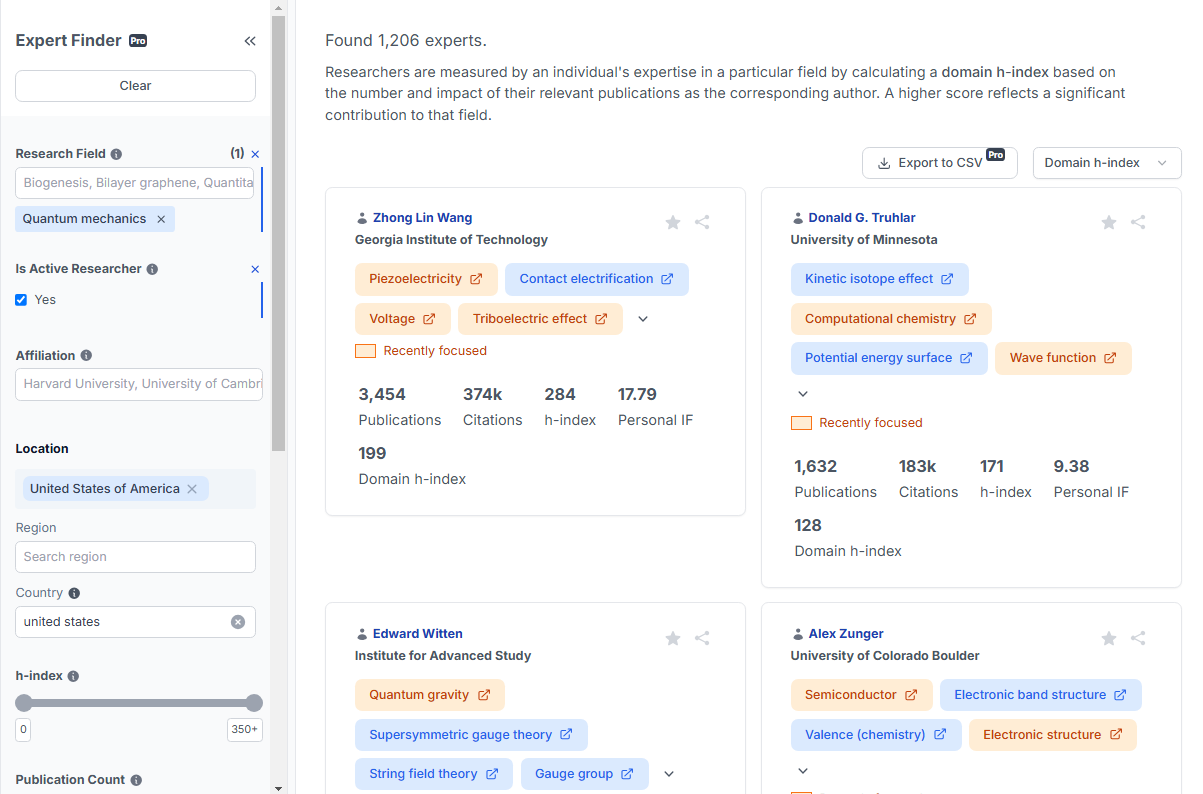
📌 Step 3- Stay Up to Date with Research Trends
When analyzing the outcomes of similar research projects or refining a research team’s strategy based on the latest studies, the Summary or Trends features in Research Intelligence can help track the latest trends in the field and compare similar studies to adjust research direction accordingly. You will able to gain insights that may guide both team structure and resource allocation decisions.
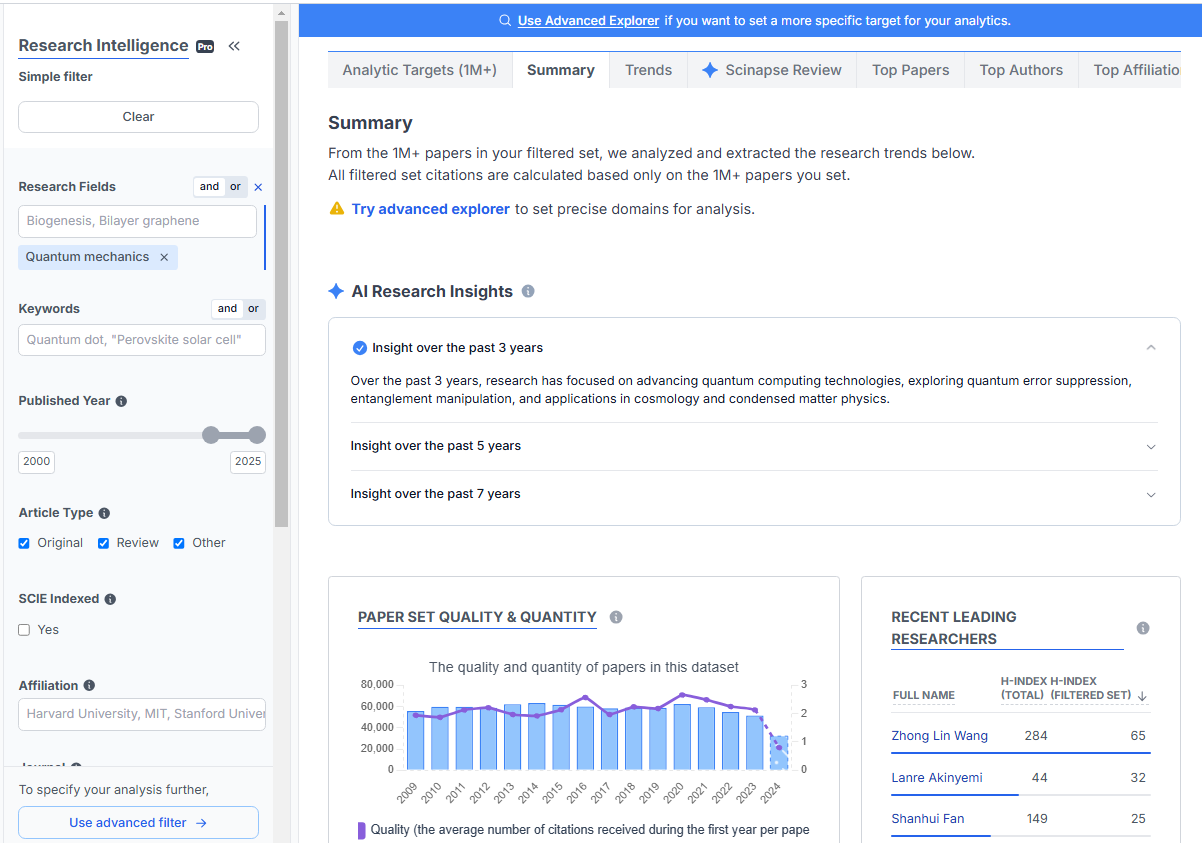
📌Step 4- Organize & Share Research Efficiently
The Collection feature in Scinapse allows you to gather and organize relevant papers, making it easier to share information within your team and improve collaboration.
These four steps help streamline the research process while fostering effective collaboration within your team. Structuring your research team properly and allocating resources efficiently are crucial for success, especially in interdisciplinary projects. With the right approach, your research can drive meaningful discoveries and lasting contributions to your field.
Explore Scinapse to streamline your team structure, stay informed with the latest research trends, and connect with the right experts to drive your project ahead.🚀
/ Written by Geehee Nahm
- Content Strategist specializing in SaaS industries
👇🏻If you'd like to learn more about the research trends & features in detail,
Never re-search again.
Scinapse is made by researchers for researchers.
Join the next generation of research at ⏯️ https://scinapse.io/
Pluto Labs
Pluto Labs helps researchers focus on their research by improving several inefficiencies in the academic research process. We offer data-driven insights from academic papers, allowing users to easily obtain review-level results for their desired range of papers.
https://pluto.im/

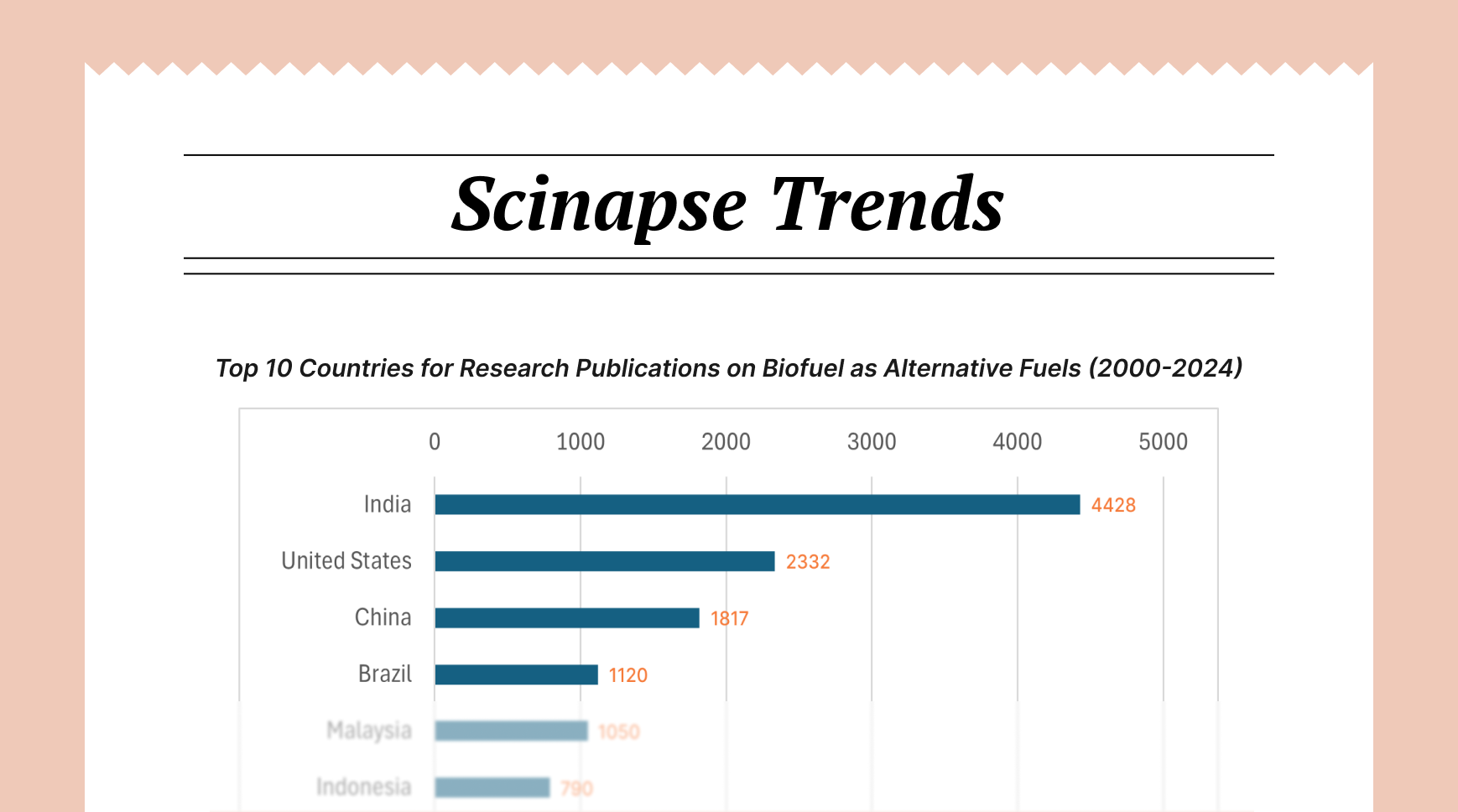
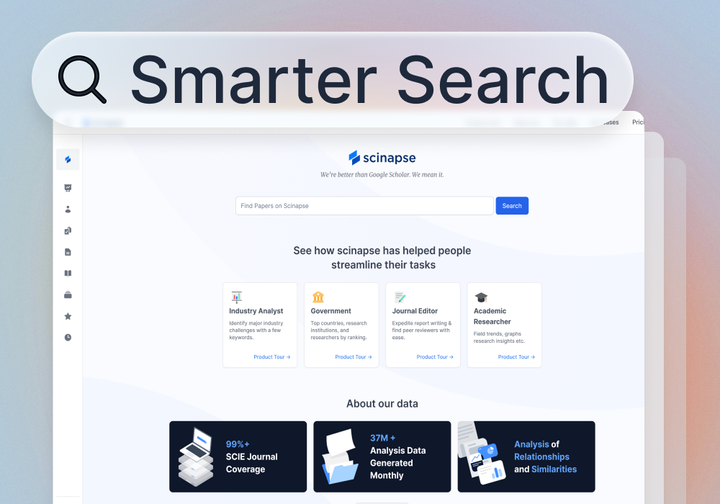

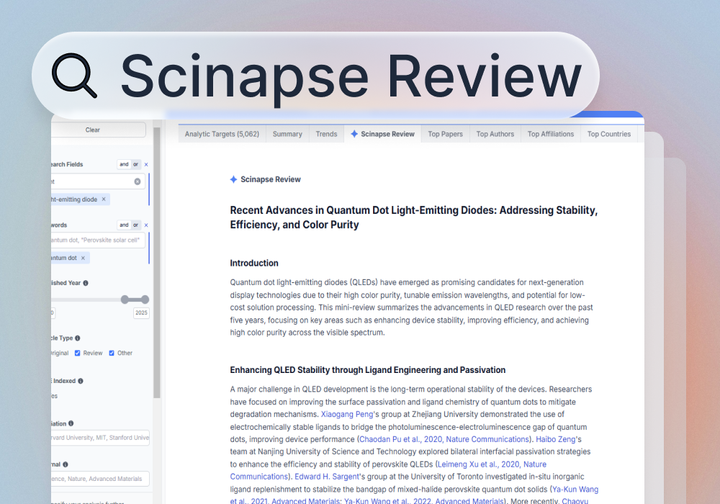
Comments ()